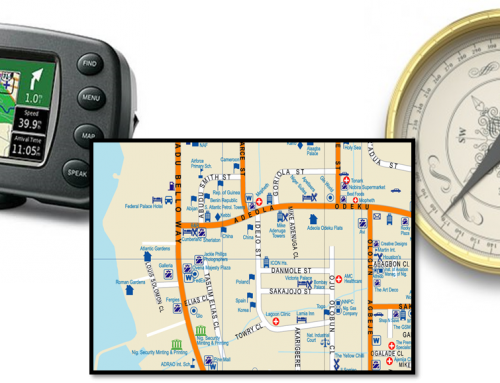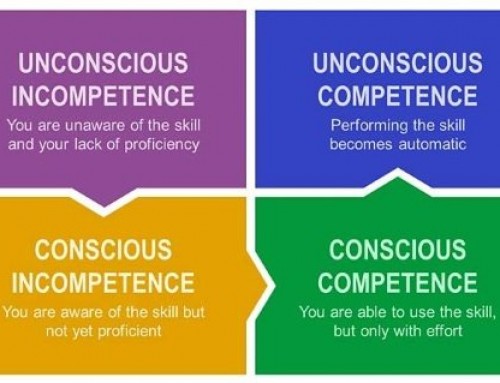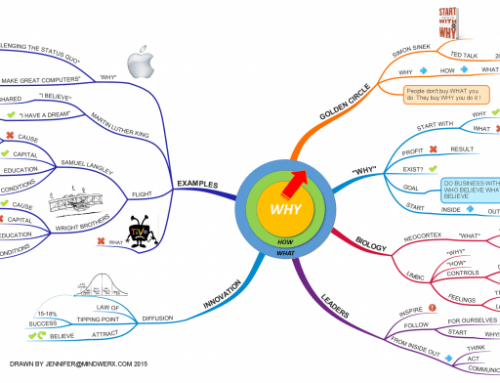Recently a couple of my Masters students referenced some ideas coming out of the Nike Innovation Kitchen – something I had not heard of before, and which I was hoping would be something new. Doing a quick Google search on this, I was initially disappointed when all I found was a couple of old articles on it by BusinessWeek (2002) and Forbes (2004), which only briefly discussed the Innovation Kitchen, but were more about how Nike was starting to take creativity and business more seriously.
The story seems quite standard – a company goes along fine while its ideas are new, cool and selling fast, but then struggles as competitors come in and things start to stagnate. In Nike case, back in 2002-2004 they seemed to realise that something needed to change.
BusinessWeek reported:
- Nike is searching for the right balance between its creative and its business sides, relying on a newfound financial and managerial discipline to drive growth. “Senior management now has a clear understanding of managing the creative process and bringing it to the bottom line. That’s the big difference compared to the past,” says Robert Toomey, an equity analyst at RBC Dain Rauscher Inc. in Seattle.
- In the old days, Nike operated pretty much on instinct. It took a guess as to how many pairs of shoes to churn out and hoped it could cram them all onto retailers’ shelves. Not anymore. Nike has overhauled its computer systems to get the right number of sneakers to more places in the world more quickly.
- BusinessWeek http://bit.ly/3QRrt3
Forbes said:
- Creativity is a critical commodity at Nike, now more than ever. Between 1998 and 2000 the company seemed to be losing the marketing brilliance that had made it such a corporate phenomenon.
- Nike isn’t unique in trying to put customers on the analyst’s couch. But what has resulted from the company’s determination to track fast-changing consumer desire is an intriguing series of intensive immersions into disparate subcultural environs that might trigger new designs. The purpose of these cultural field trips (which came to be known as “Deep Dives”) is, according to Hoke, “to interpret, translate, and try to make new connections.” Deep Dives have examined American car culture, Palm Springs mid-20th-century design, and inner-city hip-hop music.
- Hoke has assigned designers to a new Deep Dive to delve into origami, the Japanese art of paper folding. The idea is neither as whimsical nor as random as it might first seem: Hoke figures that studying the endless inventiveness of turning the two dimensions of paper into the three dimensions of folded shapes will refresh designers’ thinking about such notions as portability and collapsibility. And if they end up with strange shoes that look like paper cranes, Hoke figures the new aesthetic can be applied in diverse areas such as clothing, backpacks, and store display.
- Tinker Hatfield, the 50-year-old Nike veteran who runs the Innovation Kitchen, excuses the disorganized look of the place. “We like it that way,” he says, adding with a laugh that “the process of creating products is kind of messy, too.” Like Hoke, Hatfield studied architecture and brings a design sensibility to his job, which is to create the one-of-a-kind shoes used by the top athletes sponsored by Nike. The Innovation Kitchen, Hatfield explains, is an island apart from the day-to-day grind of production, marketing, and selling. “We’re not so much tied into the sales of shoes. We’re here to improve athletic performance.”Hatfield, who pole-vaulted for Bowerman at Oregon in the 1960s, is regarded as keeper of the founder’s legacy of innovation. As such, he takes exception to the “snobs in the design world who consider footwear a lesser item” and suggests that Nike is simply Giorgio Armani with spikes.
“What makes us different is our ‘design for performance’ authenticity,” Hatfield says. “Here at the company,” he says, “style flows from process.”
- Forbes http://bit.ly/1dBGnl
As I looked further into Nike, I examined their websites and when you see the array of awards they have won, it would seem that Nike’s deliberate possibly even serious approach to creativity and thinking has paid huge dividends. They are now ranked one of the most Innovative, Sustainable, Ethical, Green and profitable companies in the world.
Well worth having a look at.
http://www.nikebiz.com/company_overview/awards_recognition.htm






Leave A Comment
You must be logged in to post a comment.